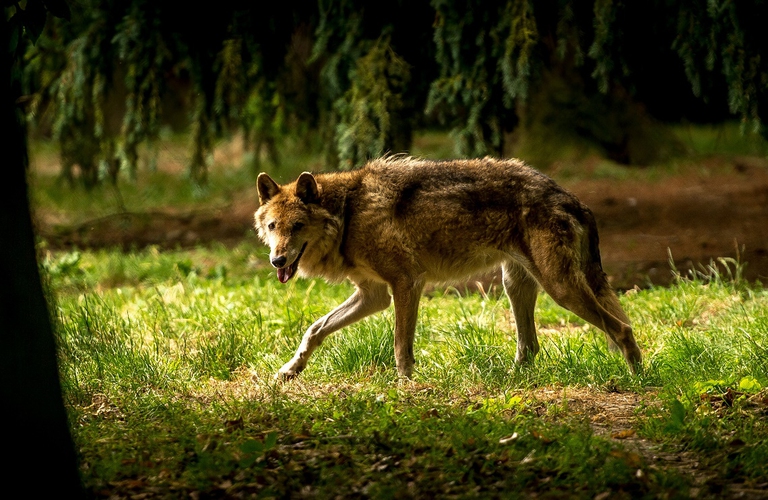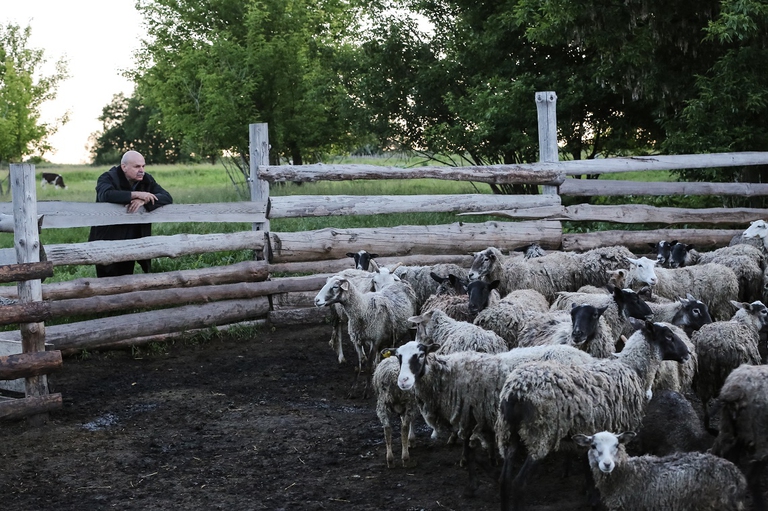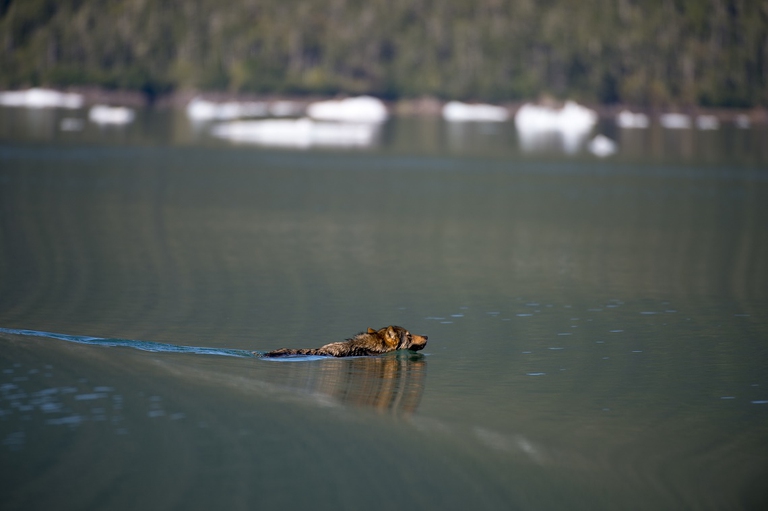
Our species took its first steps in a world covered in trees. Today, forests offer us sustenance, shelter, and clean the air that we breathe.
Il governo norvegese ha autorizzato i cacciatori ad uccidere il 70 per cento della popolazione di lupi in seguito alle proteste degli allevatori.
Wherever they are in the world, there’s no peace for wolves. These elegant, elusive predators are too often and mistakenly considered a scapegoat and are sacrificed in the name of a quiet life for farmers.
Norway’s government will allow hunters (which applied for licenses) to kill 47 wolves. This is bad news for environmentalists and scientists since a new study shows that non-violent wolf management is way more effective than hunting. The situation gets even worse if we consider that Norway’s wolf population amounts to only 68 individuals. Norway boasts environmental and progressive policies, but it decided to shoot to over two-thirds of its wolves, condemning the future of these predators.
The planned cull, which is the biggest in more than a century, has been driven by the protests of farmers who suffered losses in their sheep flocks due to wolves. According to environmentalists, however, the losses had been minimal and the government’s plan is disproportionate to the actual threat. “This is mass slaughter,” said Nina Jensen, chief executive of WWF Norway. “Shooting 70 per cent of the wolf population is not worthy of a nation claiming to be championing environmental causes”.
Hunting is a very popular “sport” in Norway. In 2015, 11,000 hunters applied for licenses to kill 16 wolves. The country has justified its plan as a disincentive for poachers, but it has been proven that legal hunting does not reduce poaching. Besides, the situation gets even more absurd if we consider that 24 out of the 47 wolves to be killed live in a natural reserve designated to them.
Most western countries have lost their knowledge of natural dynamics. In fact, the only solution to manage “problematic” animals at the moment seems to be their cull. But this is not true. Eliminating completely the conflict between farmers and wolves isn’t possible, and it’s idealistic. Farmers should adopt more effective countermeasures, such as fencing and shepherd dogs. Most importantly, people must recover that ancient culture in which nature used to play a fundamental role and return to coexist with other animal species.
Siamo anche su WhatsApp. Segui il canale ufficiale LifeGate per restare aggiornata, aggiornato sulle ultime notizie e sulle nostre attività.
![]()
Quest'opera è distribuita con Licenza Creative Commons Attribuzione - Non commerciale - Non opere derivate 4.0 Internazionale.
Our species took its first steps in a world covered in trees. Today, forests offer us sustenance, shelter, and clean the air that we breathe.
Poachers in Africa are encroaching on wildlife land and killing rhinos in travel hot spots now devoid of visitors due to the coronavirus pandemic.
Actor and environmental activist Leonardo DiCaprio has contributed two million dollars to a fund to protect Virunga National Park in Congo from threats such as terrorism, the coronavirus and poaching.
For the first time in seventeen years, Iceland’s two main whaling companies won’t resume whale hunting. The announcement concerns this year’s season but could carry into the future.
The relationship between the coronavirus and wildlife is complex: while the pandemic may lead to a reduction in the illegal trade in wild animals, it may also encourage it in other respects.
The largest coral reef in the world is severely threatened by climate change, but researchers are developing strategies that could contribute to saving the Great Barrier Reef.
NGO Free the Bears has opened a mountain sanctuary for moon bears in Laos. With the government’s help, it aims to close all bile farms by 2022.
Seychelles have extended its marine protected area, which now covers over 400,000 square kilometres, an area larger than Germany.
The tapir was reintroduced into Brazil’s Atlantic Forest, the country’s most at-risk ecosystem. The species can play a key role in the forest’s recovery.










